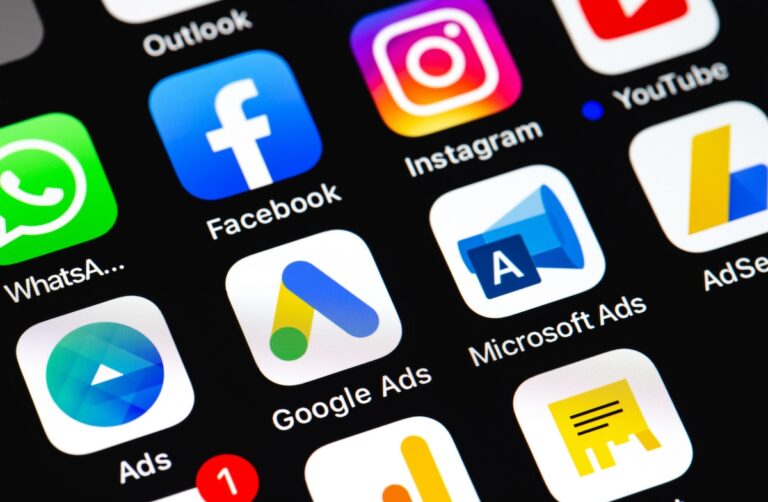The digital marketing landscape is undergoing a seismic shift with the phase-out of third-party cookies—a change that holds new challenges and opportunities for brands and marketers. As Google begins phasing out these trackers, Carol Howley, CMO at Exclaimer provides some insight.
Her stance is clear: this moment doesn’t signify an end, but rather a new beginning for data strategy and customer engagement.
Companies that fail to adapt risk losing out
The phase-out of third-party cookies is driven by privacy concerns and regulations. Businesses that demonstrate a  commitment to user privacy and transparent data practices may gain trust from customers. On the other hand, companies that fail to adapt to these changes or handle user data irresponsibly may face reputational damage.
commitment to user privacy and transparent data practices may gain trust from customers. On the other hand, companies that fail to adapt to these changes or handle user data irresponsibly may face reputational damage.
The phase-out will have significant implications for marketers, especially those heavily reliant on tracking user behavior for advertising and analytics purposes. This will have potential impacts on advertising, analytics, personalization and privacy efforts. It will become more difficult for advertisers to track users across different websites, limiting the precision of targeted ads. Additionally, tracking and attributing conversions will become more complex.
Smaller businesses that heavily rely on third-party data for advertising might face challenges in competing with larger companies that have extensive first-party data. Additionally, publishers relying on targeted ads for revenue may see an impact on their ad revenue streams.
It’s important for businesses to stay informed about these changes, adapt their strategies, and explore new technologies to navigate the evolving landscape of online advertising and user privacy. Staying still isn’t an option.
Finding hidden opportunities
The good news is that there are certain routes that we as marketers can explore to mitigate the potential risks of third-party cookie phase out. But the first, and arguably most important step to mitigating risk is for marketers to educate themselves: Stay informed about the upcoming changes and alternatives to third-party cookies. Understand the implications for digital marketing and advertising strategies. You can then look into alternative avenues in the absence of third-party cookies:
First-party data is about to become the new currency. Rather than mourning the loss of easy-access third-party data, we need to encourage voluntary data sharing directly from individuals. This calls for transparency and incentives that align with customer values, using relevant and personalized touchpoints in our marketing strategies. Focus on building and using first-party data, which comes directly from user interactions on your own platforms. This includes customer databases, website analytics, and CRM data.
The art of collaboration will become an indispensable tool for marketers. Strategic partnerships will create paths for shared benefits and strengthened brand identity, while preserving user privacy. Subtler yet equally effective, influencer collaborations, and authentic reviews can also amplify reach.
AI and Machine Learning will adapt to become an effective stand in for third-party cookies. Predictive analytics, and customer behavior models built from on-site interactions can replicate personalized experiences once hinged on cookies – with no privacy concerns attached. Explore and adopt alternative technologies such as Universal IDs, contextual targeting, and advanced analytics methods to understand user behavior without relying on third-party cookies.
Content-driven strategies will become more important than ever. Content will not only support your strategy for collecting first-party data, but will also equip you for the concept of zero-party data. You can collect zero-party data on your website or social platforms, through interactive content like surveys, polls, and quizzes. You can also incorporate surveys and polls into email signatures for customer feedback and preference insights.
One-to-one communications will become the best way to foster trust. Marketers will rediscover the value of direct emails with the added benefit of Carol Howley, CMO at Exclaimer to tap into the power of the personal touch. Email signature marketing is rising as a favored channel for hyper-personalized,1:1 customer communication, without the need for third-party cookies. Embedded signatures don’t just convey information but reflect a commitment to authenticity and breed trust which is invaluable in today’s market.
The new era of human-centric
We’re now in the era of focusing on creating a strong human-centric brand and the personalization of content at scale. These are no longer luxuries but necessities for standing out. This is where content not only informs but connects on a human level. Personalization at scale becomes an indispensable asset. We need to craft every message, every campaign with the individual in mind. Beyond transactions, we’re in the business of human experiences and community building.
The cookie may be crumbling, but this is far from a marketing catastrophe. As we brace ourselves for the aftermath of third-party cookies, let’s take stock of our ability to adapt and innovate. The future belongs to brands who adapt and venture down new paths in data management and customer engagement. Marketers have an opportunity to not just adapt—but to thrive and redefine the marketing playbook in a post-third-party cookie era.

